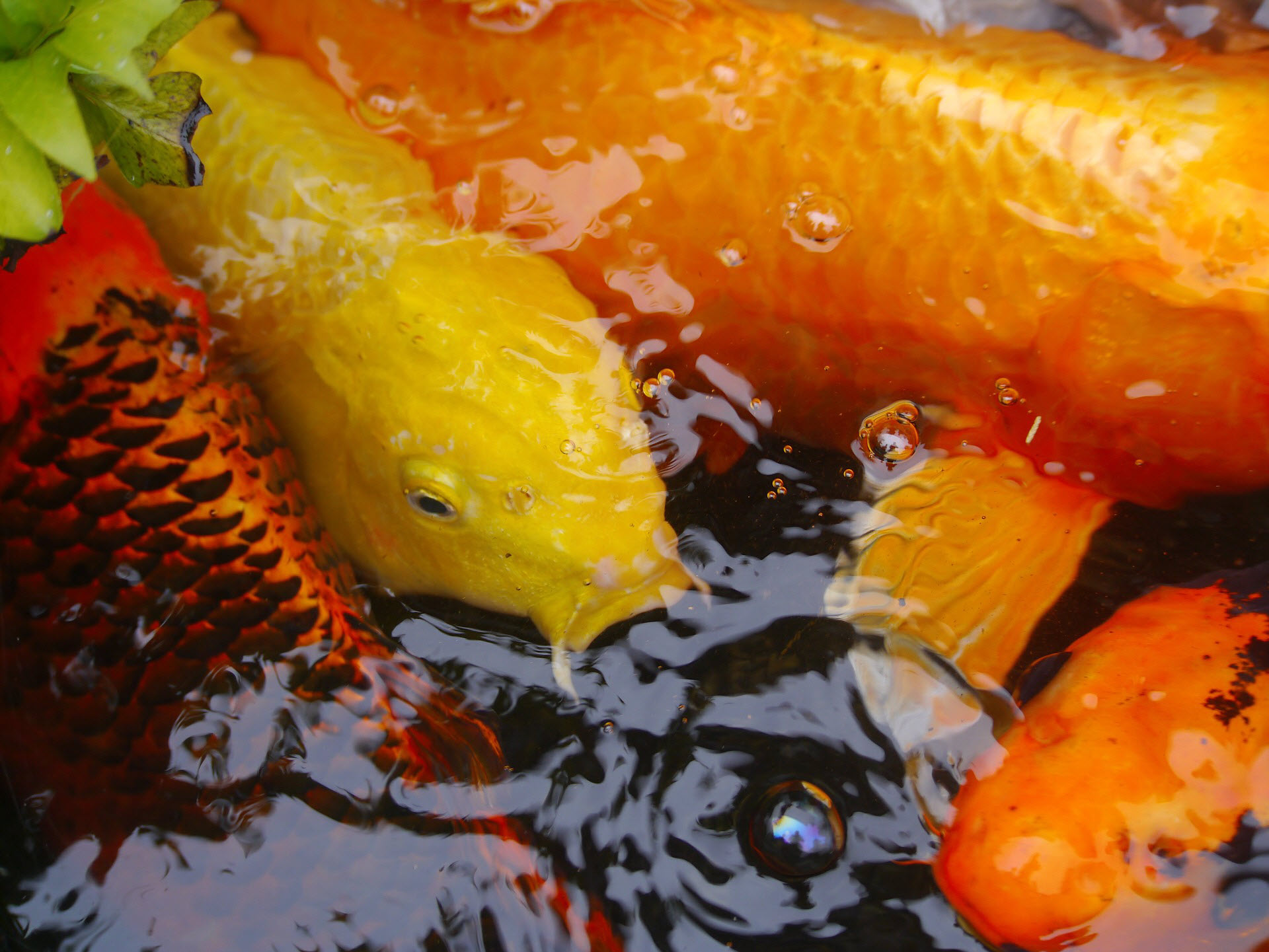Getting Started
Like most vegetables, lettuce can be grown indoors and outdoors. If you plan on growing your Lettuce year-round, and you have the room, indoors is ideal. Lettuce is a great plant to have inside for a quick, impromptu salad, as well as being quite attractive. It is relatively easy to grow indoors with a controlled climate, as all you need is good light, fertilizer and potting soil. If you choose to site it in your garden, there are some additional things to consider.

Ideal Conditions
Planting and growing your own lettuce is still relatively easy to grow outside. Keep in mind that it is a cooler weather vegetable, so it thrives in early spring and late fall. Sometimes, snow won’t even hurt the lettuce.
Lettuce, regardless of the type and variety, has a shallow root system. It is important to make sure that it has continual access to water. Shallow roots tend to dry out quickly, rendering the lettuce vulnerable to disease and withering. Keep the soil moist and install a soaker hose or drip line, if needed.
Before you plant your seeds or seedlings, prepare the soil with compost, churning it into the top few inches. Water immediately, daily and then again in a week with a fish emulsion found at garden supply stores. Your harvest will be continuous if you sow seeds weekly.
Required Maintenance
If you plan on pulling the entire plant out of the ground for harvest, then spacing them six to eighteen inches apart is best. If you plan on harvesting the leaves as needed, then it really doesn’t matter how far apart the plants are grown.
Be sure to keep bugs, leaves, rocks and twigs out of the garden bed and water the lettuce regularly.
If you live in a cooler climate that leans towards extreme temperatures, it might be smart to place a small gardening quilt over the lettuce, keeping the area more climate controlled. Mulch around the base of the plants to keep the soil moist and prevent weeds.
Potential Problems
Cutworms, slugs and, most importantly, aphids are typical pests that you will need to keep away from your lettuce garden. Aphids are the number one pest to control around lettuce. They tend to live and flourish under the leaves and the base of the plant. Since you will be consuming the lettuce, simply flicking off the aphids and daily tending to the plants is the best course of action.
Although lettuce loves water to keep its leaves supple, it can get bottom rot on the base of the plant. This is a fungus caused by overwatering and poorly drained soil. On the other hand, if conditions are too sunny and too dry, bolting can occur. This causes the lettuce to taste terrible. Companion plants that are taller, like corn, may help by providing shade.
Health Benefits of Growing Your Own Lettuce
Oddly, getting moisture is one of the benefits of eating your home-grown lettuce. It also contains tons of vitamins and minerals like vitamin B6, A, C, E, and K. Folate, phosphorus, potassium, sodium, zinc, iron, calcium and magnesium, to name just a few, are the minerals that lettuce can provide. Eating a salad can not only help you lose weight, but it can help fight cancer, too.



